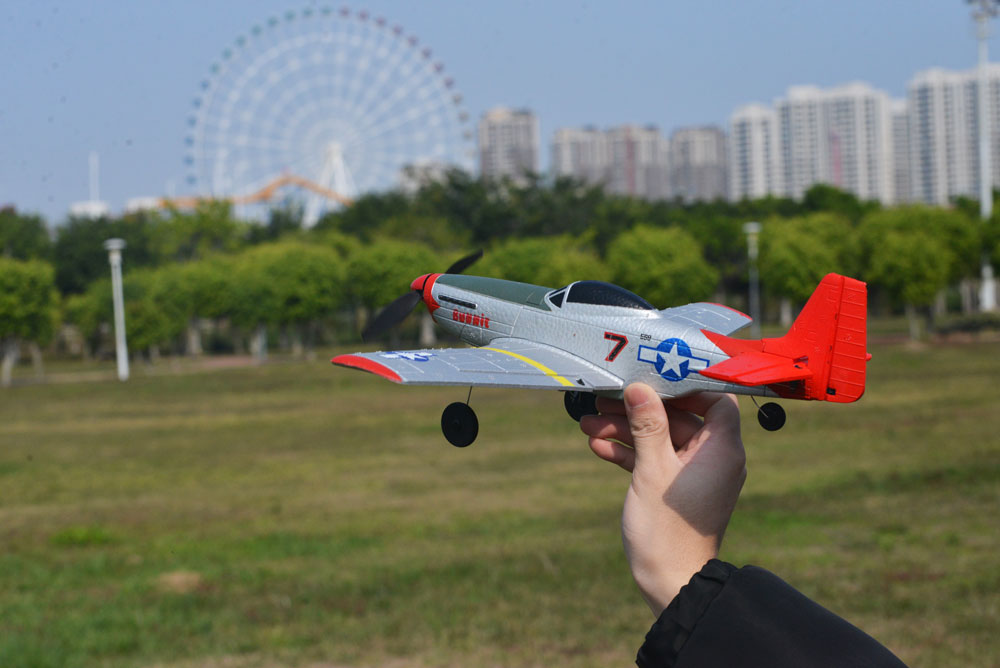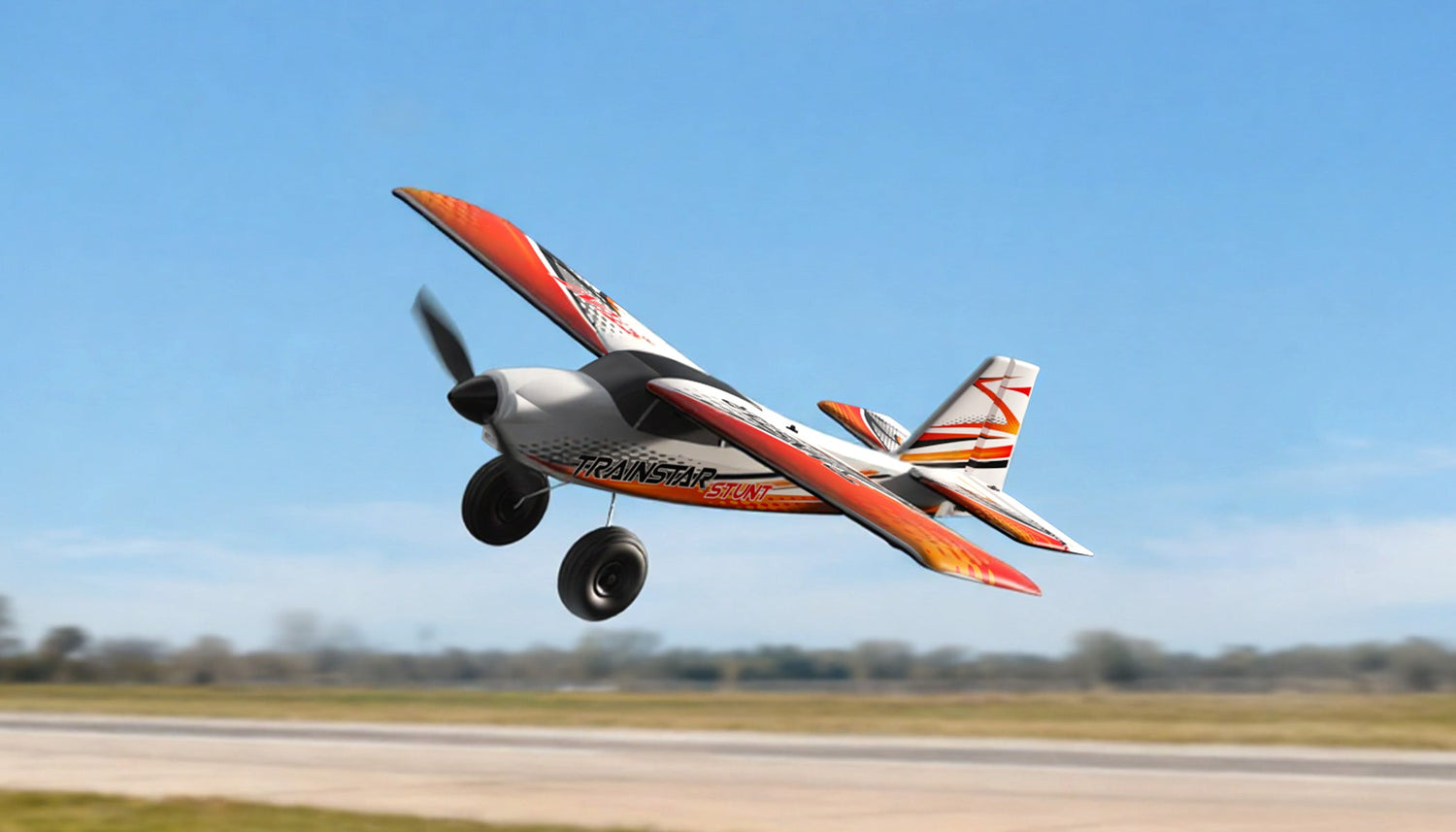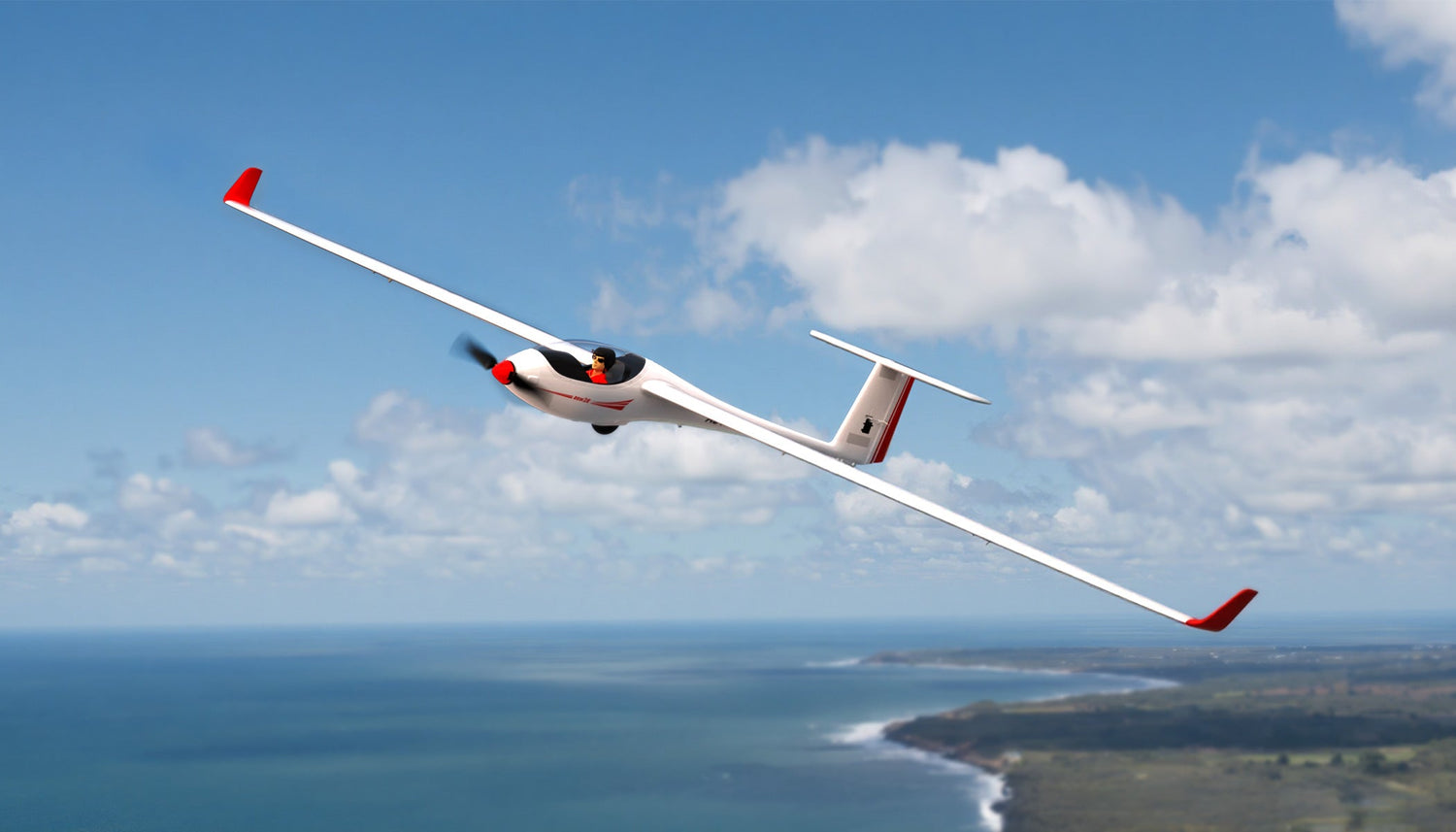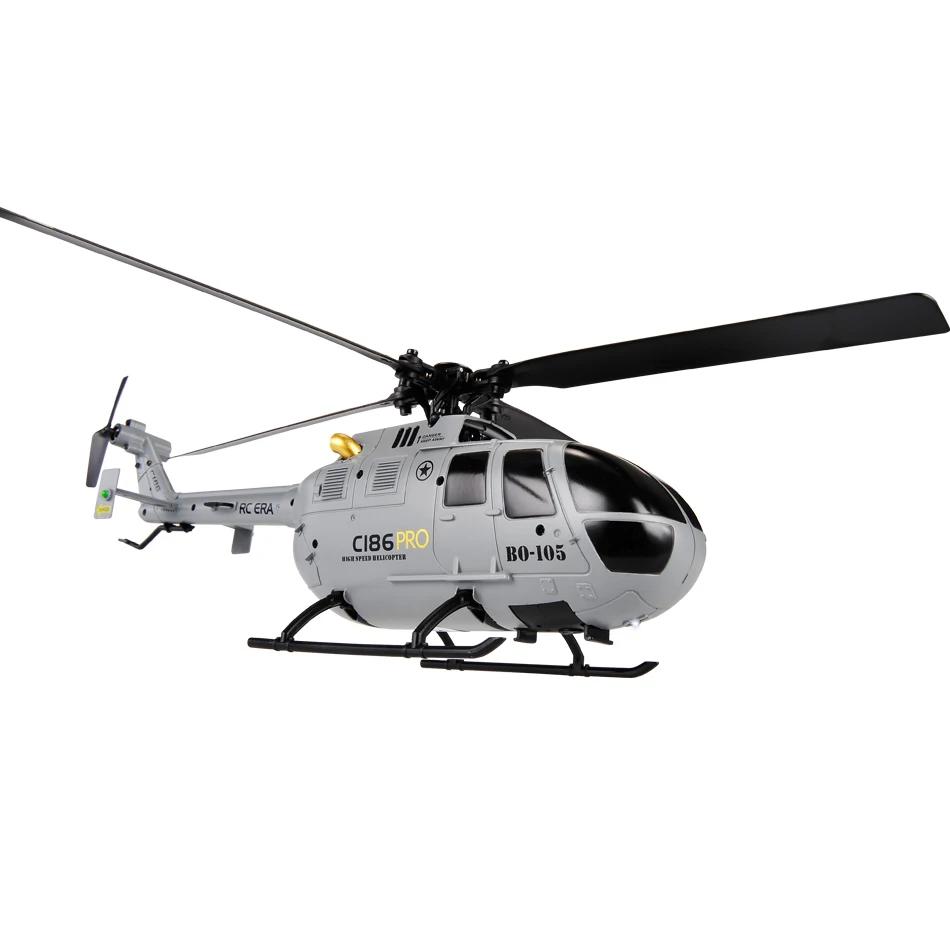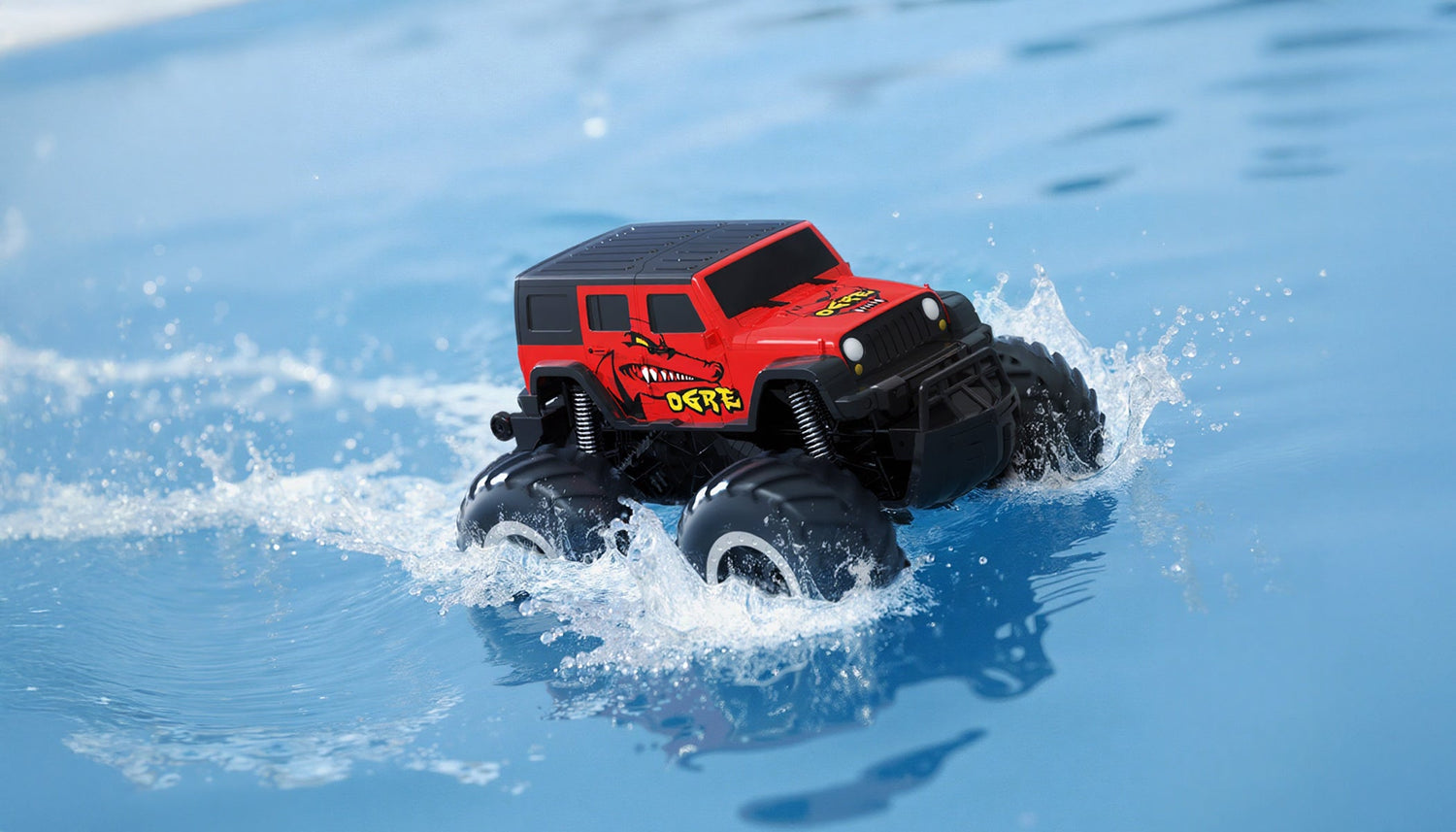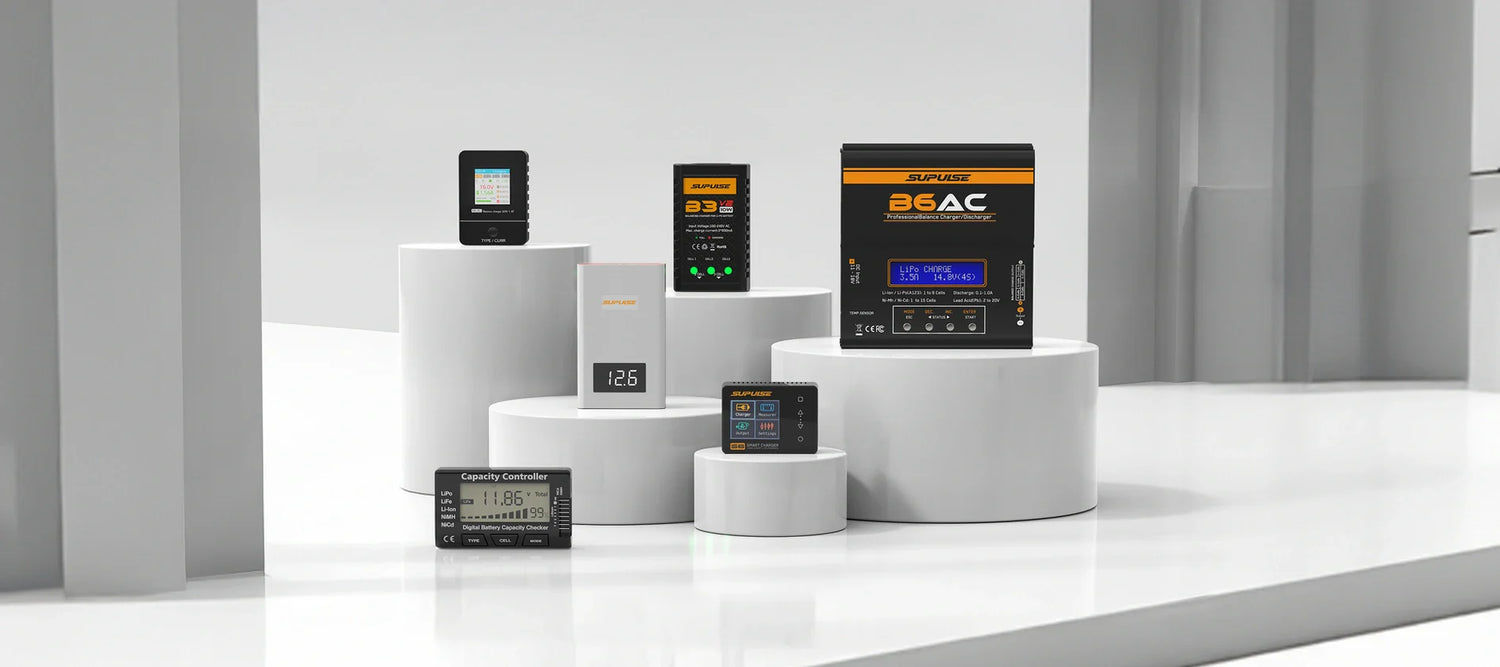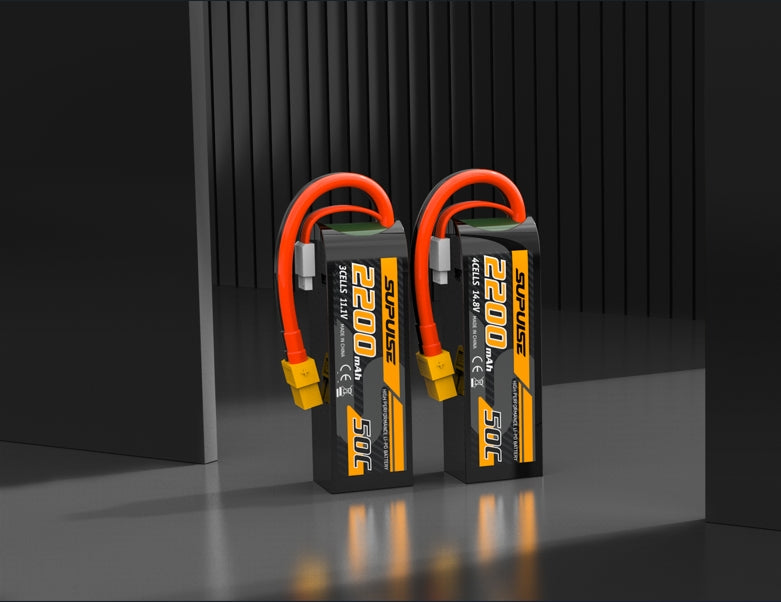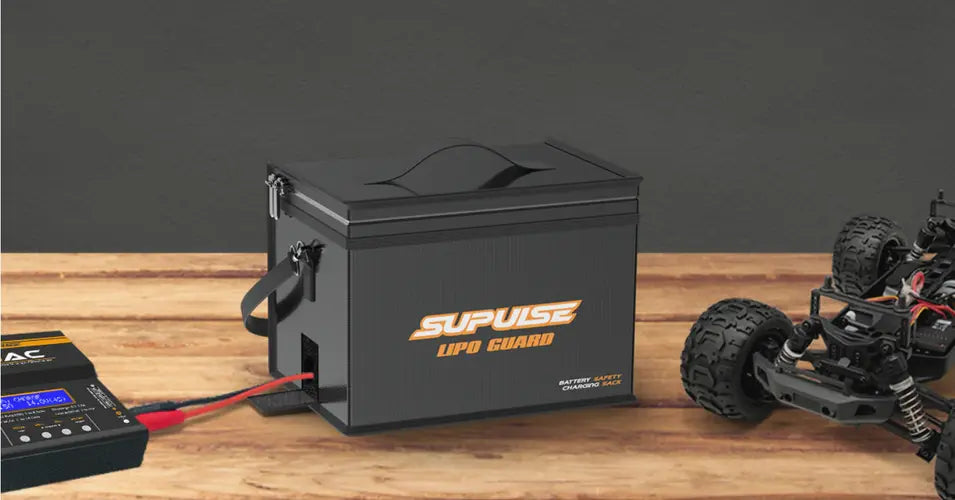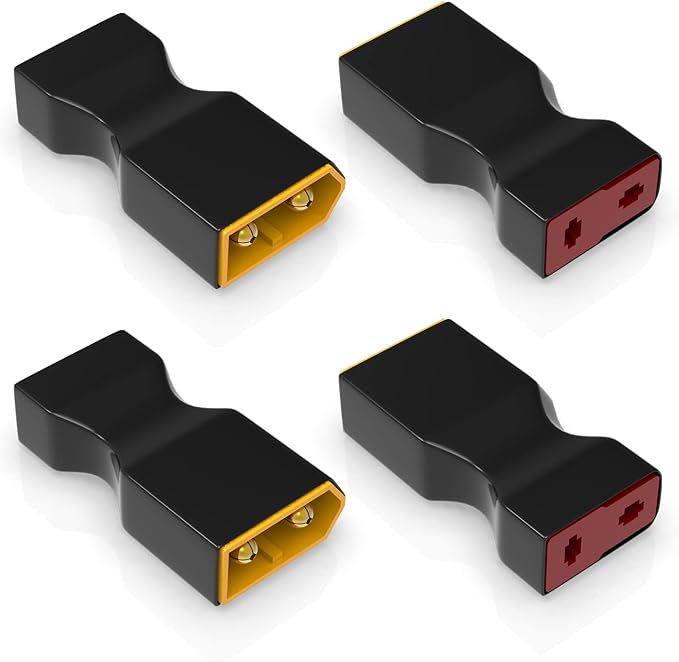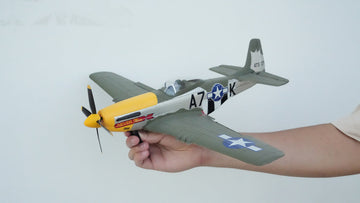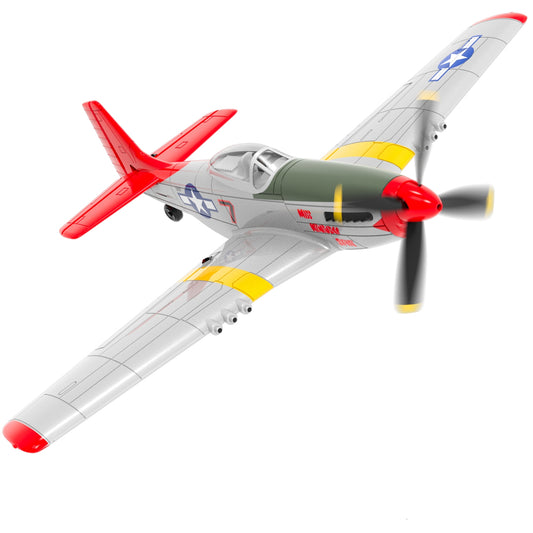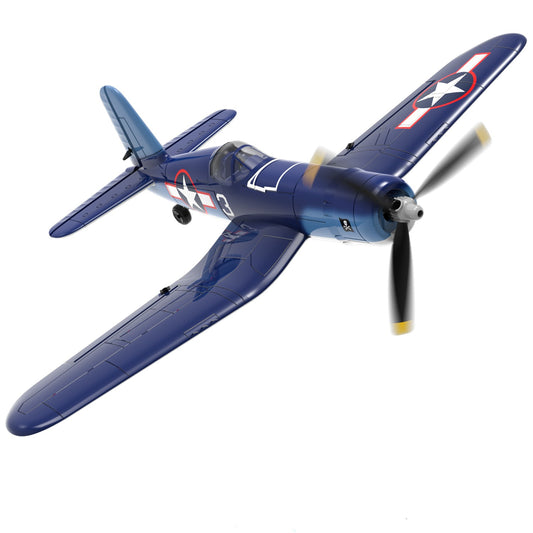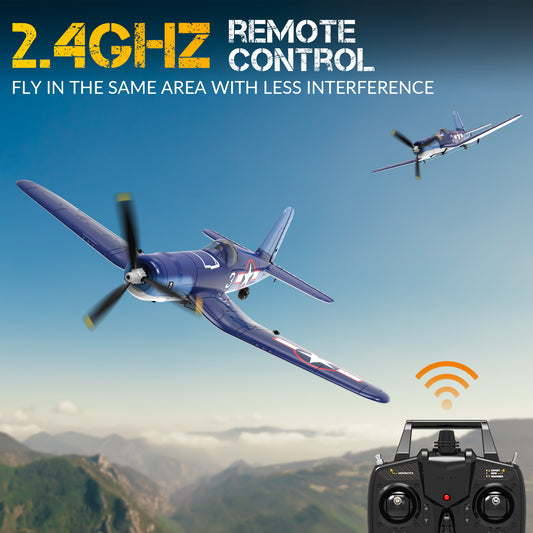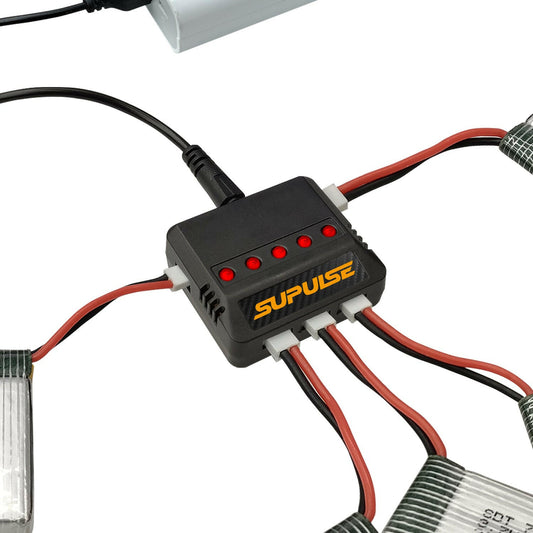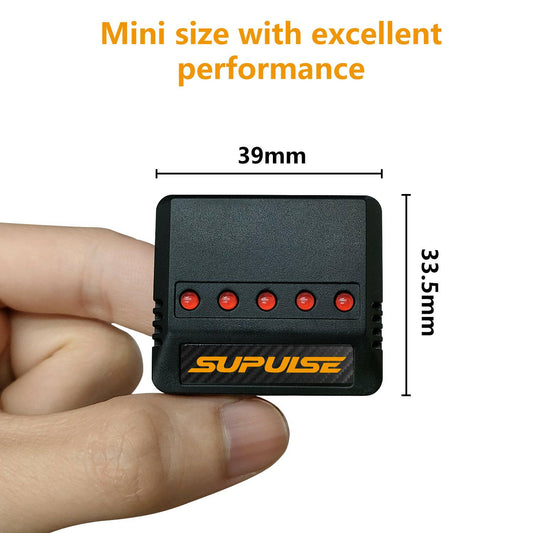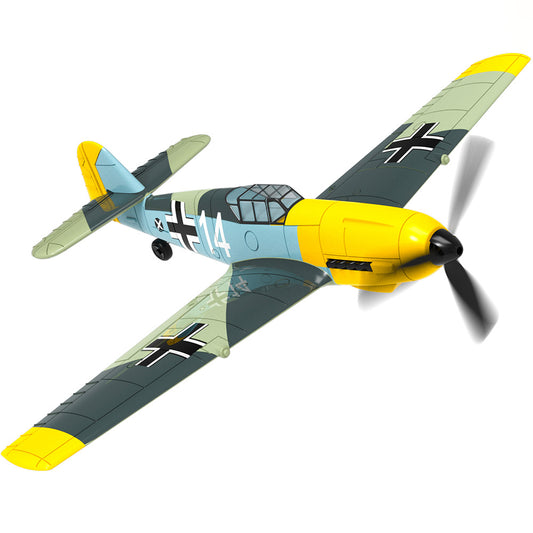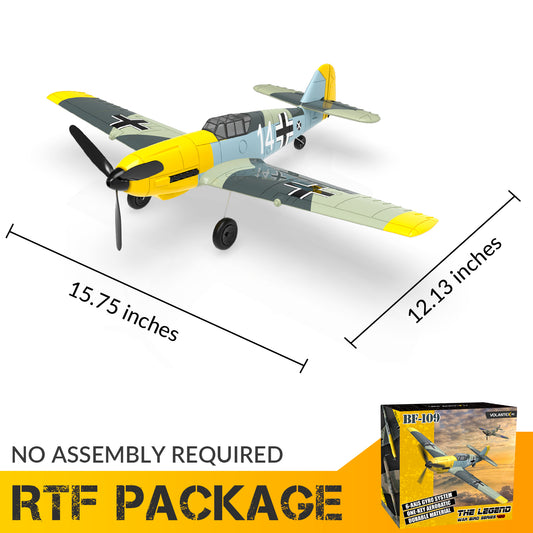Demystifying the RC Aviation World: What Are RTF Remote Control Planes?
For newcomers stepping into radio-controlled (RC) aviation, the jargon can feel overwhelming. Terms like RTF, BNF, and ARF pop up everywhere, but what do they really mean? Let’s break down the RTF RC plane—your perfect entry ticket to the skies—and why brands like VolantexRC are making first flights easier than ever.
Unboxing the RTF Mystery: Definitions Made Simple
RTF stands for "Ready-to-Fly," and it’s exactly what it sounds like. Unlike other RC models that require hours of assembly, these planes come fully built with pre-installed motors, pre-bound transmitters, and calibrated controls. Open the box, charge the battery, and you’re airborne in minutes.
Why does this matter? For beginners, skipping complex setups means avoiding frustration. VolantexRC’s RTF models, for example, include crash-resistant foam frames and intuitive controllers—perfect for avoiding "rookie mistakes."
RTF vs BNF vs ARF: Choosing Your RC Path
Confused by the acronym soup? Let’s simplify:
- RTF (Ready-to-Fly): Fully assembled, no extra parts needed.
- BNF (Bind-and-Fly): Needs a compatible transmitter.
- ARF (Almost-Ready-to-Fly): Requires assembly and parts sourcing.
Time-strapped beginners thrive with RTF’s plug-and-play design. Meanwhile, hobbyists craving customization might prefer BNF or ARF kits. But ask yourself: Do you want to build a plane or fly one? For most new pilots, RTF eliminates the steep learning curve.
Inside an RTF Plane: What’s in the Box?
A quality RTF RC plane like those from VolantexRC includes three essentials:
- Pre-assembled airframe: Durable, lightweight materials (think EPP foam) that survive rough landings.
- Transmitter and receiver: Pre-paired for instant control—no signal syncing required.
- Battery and charger: Often a 2S LiPo battery with USB charging for convenience.
No soldering, no manual calibration. Just charge, power on, and go.
Why RTF Rules for Beginners
Zero technical barriers are the biggest draw. Imagine unboxing your VolantexRC trainer plane and flying it within 30 minutes—no engineering degree needed. Safety features like auto-hover modes and low-voltage alarms protect both the plane and your confidence.
Cost-wise, RTF models are wallet-friendly starters. While advanced kits might seem cheaper upfront, hidden costs (tools, extra parts) add up. With RTF, your first investment covers everything.
Also, you can look about this blog What is the easiest RC plane to fly?
When RTF Hits Its Limits: The Hobbyist’s Dilemma
RTF’s simplicity has trade-offs. Customization options are limited—you can’t easily swap motors or upgrade components. For pilots chasing competitive speeds or acrobatics, RTF’s performance ceiling becomes obvious.
Repairs can also be tricky. If a proprietary part breaks, you might need to contact the manufacturer instead of grabbing generic replacements.
Pushing Boundaries: Can You Modify RTF Planes?
Yes—but carefully. Upgrading motors or adding FPV cameras is possible, but check local regulations. For instance, VolantexRC’s Ranger 600 allows minor tweaks like adding LED lights, but major modifications could void warranties or disrupt flight stability.
Always respect weight limits: Overloading strains motors and kills battery life.
Your First Flight Checklist
Ready for takeoff? Follow these steps:
- Weather check: Avoid winds over 8 mph and rain.
- Pre-flight test: Confirm controls respond smoothly.
- Launch smart: Throw at a 30-degree angle (or use a hand-launch assistant).
- Log your flights: Track battery life, flight time, and mishaps to spot patterns.
Pro tip: Practice “emergency landings” in open fields to build reflexes.
Final Thoughts
RTF RC planes are the ultimate gateway to RC aviation, blending simplicity with excitement. Brands like VolantexRC refine this experience with durable builds and smart features, letting you focus on the thrill of flight. As your skills grow, you’ll know when—or if—to graduate to more complex models. For now, enjoy the sky!

